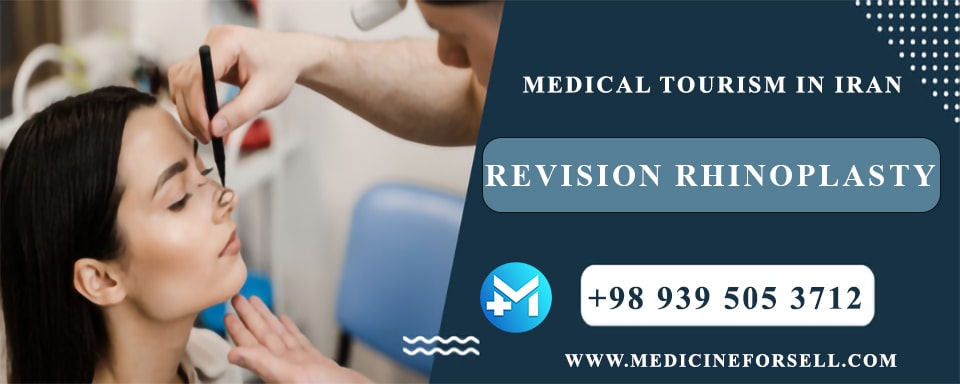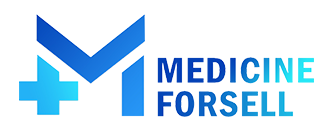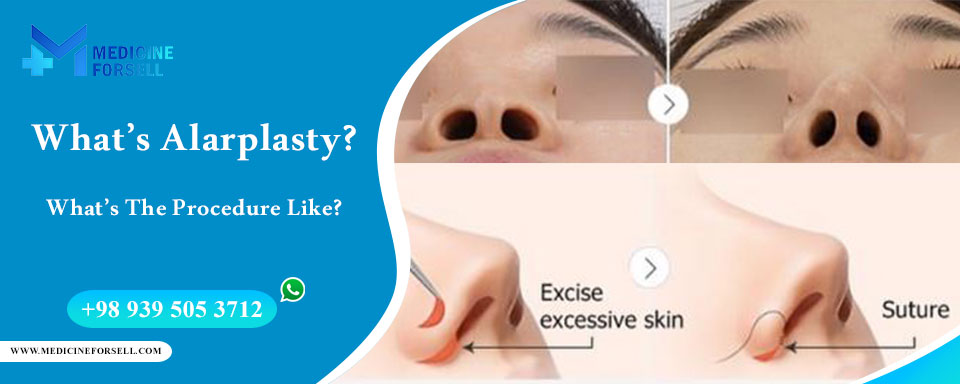

Revision Rhinoplasty In Iran
Rhinoplasty (nose reshaping surgery) can be a significant decision for patients who want the best possible results to address functional or aesthetic concerns. However, some patients do not achieve the desired outcome from their initial rhinoplasty procedure. Individuals may encounter complications or ineffective solutions to their initial problems in some cases. Revision rhinoplasty, also known as secondary rhinoplasty, is a procedure in which our skilled facial plastic surgeon addresses any issues you may be experiencing as a result of a previous rhinoplasty performed by another surgeon.
Revision rhinoplasty in Iran is a surgical procedure that aims to correct the aesthetic or functional problems of the nose after a previous nose surgery. Revision rhinoplasty is more complex and challenging than primary rhinoplasty, as it requires more skill and experience from the surgeon. Revision rhinoplasty can improve the shape, size, symmetry and breathing function of the nose, as well as boost the patient’s confidence and satisfaction.
Iran is one of the leading countries in the world for rhinoplasty and revision rhinoplasty, as it has many qualified and experienced surgeons who specialize in this field. Iran also offers affordable prices for revision rhinoplasty, which can range from $2000 to $3500 depending on the surgeon’s level and the hospital or clinic. Revision rhinoplasty in Iran can be a great option for those who are unhappy with their previous nose surgery results and want to achieve their desired nose appearance.
Who is a Good Candidate for Revision Rhinoplasty?
There are a number of reasons patients may want to have a secondary (revision) rhinoplasty — from displeasure with the aesthetic results to functional problems that have been exacerbated or simply left untreated from their previous surgery. You may be a candidate for revision rhinoplasty if:
. You are dissatisfied with the results from the original rhinoplasty
. You experienced complications from the original rhinoplasty
. You had breathing difficulties that have still not been corrected
Your doctor will discuss your goals with you during an initial revision rhinoplasty consultation and will explain all aspects of the procedure with you and talk with you about your expectations. Together, you and your doctor will come up with a treatment plan designed to address your needs.
Read more about: COST OF SURGERY IN IRAN
What are Common Reasons to Undergo Revision Rhinoplasty?
There are numerous reasons to consider revision rhinoplasty. Some patients are unhappy with the outcomes obtained by another plastic surgeon. Others may discover that functional issues, such as breathing difficulties, are not completely resolved following the initial procedure. In very rare cases, complications may occur initially, and revision rhinoplasty may be performed to address the effects of this event or to achieve the intended outcome. Our surgeons have received extensive training in the delicate and complex procedure of revision rhinoplasty. With their experience, precision, and artistic eye, they can assist you in achieving the desired look and functionality.
How Long Should I Wait Before Undergoing Revision Rhinoplasty?
Although you may want to undergo revision rhinoplasty as soon as possible after failing to achieve your desired results, you will need to be patient before it is safe to proceed. Because of the extensive swelling that typically develops after nose surgery, it’s generally best to postpone your revisional procedure until the inflammation from your original rhinoplasty has resolved. This time allows the final result to fully reveal itself before you make a decision about revision rhinoplasty.
After nose surgery, it can take six months to one year for all swelling in the nasal tissues to completely subside. This timeframe often varies depending on the thickness of your skin and which components of the nasal framework were addressed in your original rhinoplasty. The rate of healing for the nasal tip typically differs in comparison with the bridge or septum, therefore the most ideal timing for revision rhinoplasty will vary from patient to patient. That said, a waiting period of six months to one year before pursuing additional surgery can be a good rule of thumb. In fact, during the first year, maintaining close follow up with your original surgeon is the best course of action to ensure the best chances for optimal healing.
Read more about: Kowsar Hospital Shiraz
Your Revision Rhinoplasty Consultation
When you meet your doctor for your consultation, her or she will listen closely to the concerns you have with your original rhinoplasty results. This extensive doctor-patient communication is essential to achieving the aesthetic and/or functional improvements you seek. Your doctor will also perform an in-depth evaluation of your nose to determine the amount of support available, whether cartilage grafts are necessary to make the desired enhancements, and the quality of your nasal airways (if impaired breathing is a concern).
Part of your consultation will also involve a review of your medical history and previous rhinoplasty procedures. your doctor will then explain what can realistically be achieved with revision rhinoplasty based on your anatomical indicators, needs, and goals. You will be able to ask any questions you may have about the procedure or your doctor’s experience performing rhinoplasty, and we will make sure you understand the risks, potential benefits, and limitations of the procedure. Together, you both will develop an optimal treatment plan to attain the outcome you envision.
How is the Revision Rhinoplasty Procedure Performed?
Revision rhinoplasty procedures typically involve taking bone and cartilage grafts from the ear or rib and reshaping them for the nose. The procedure is very complex and requires the skilled hands of an experienced facial plastic surgeon. Our nose surgeons are not only board-certified facial plastic surgeons and can provide very good aesthetic results with revision rhinoplasty, but they are also board-certified otolaryngologists and can address nasal airway deficits after previous surgeries. Incisions will likely be made in the same area as the original rhinoplasty surgery to avoid excess scarring; however, rhinoplasty usually involves very discreet incisions in any case and scarring is virtually invisible.
What is Recovery from Revision Rhinoplasty Like?
Recovery from revision rhinoplasty is very similar to that of traditional rhinoplasty. You will likely experience swelling, bruising, and discomfort for several days after the procedure; however, pain can be relieved with medication. You will need to diligently shield the nose from harm in the first two months after surgery and avoid blowing your nose for two weeks after revision rhinoplasty. Most patients can return to normal daily routines after one week.
You will also need to take at least a week off from your regular schedule, perhaps more depending on your individual healing rate. We recommend listening to your body to help determine when you’re ready to return to work, school, and other normal activities. Strenuous exertion, such as sports, exercise, and certain other recreational events, should be avoided for at least a month to a month-and-a-half. Your doctor can provide a more specific estimate based on the activity you would like to engage in. Swelling, bruising, and tenderness in the treated area is to be expected, and these effects should gradually fade. Although there is still some residual swelling after a couple of months, you should have a good idea of the direction in which the results are headed. Some residual swelling may continue after this point, but you will likely be unaware of it.
What Can I Expect from My Revision Rhinoplasty Results?
The goal of revision rhinoplasty is to improve the functional and aesthetic outcome of your original nasal surgery, and your doctor’s before-and-after photos can provide a good understanding of the enhancements possible with a secondary procedure. It’s important to remember that revision rhinoplasty is even more complex to perform than a primary nose surgery and not all improvements may be possible due to the formation of scar tissue and the limited amount of cartilage available. Therefore, realistic expectations for your revision rhinoplasty are key to achieving satisfaction after surgery. An experienced rhinoplasty surgeon will always give you a comprehensive idea of what to expect from the results of your procedure so you have a good understanding of your anticipated outcome. In general, the majority of swelling after revision rhinoplasty should be resolved after three to four months. The results achieved after 12 – 24 months can usually be considered your final outcome. At this point, the nose contour/shape should remain stable for your lifetime as long as you do not suffer a nasal injury in the future.
Read more about: Forehead Lift Surgery In Iran
Revision Rhinoplasty FAQ
Is revision rhinoplasty safe?
Revision rhinoplasty is considered a safe procedure, but the complexity of a second rhinoplasty surgery should not be understated. It requires a great deal of knowledge and skill in facial plastic surgery to enhance parts of the nose that have already been operated on; therefore, selecting a well-qualified revision rhinoplasty surgery is crucial. When compared to a general plastic surgeon, a facial plastic surgeon certified by the American Board of Facial Plastic and Reconstructive Surgery (ABFPRS) is generally the most experienced practitioner to perform primary and secondary rhinoplasty. With a board-certified facial plastic surgeon, you can feel confident that he or she has had an exclusive, career-long focus on facial reconstruction and is well-equipped to provide you with the safety and care you deserve.
Will revision rhinoplasty change my breathing?
If you have trouble breathing after your first rhinoplasty, revision rhinoplasty may be useful in identifying and correcting the issue(s) obstructing airflow. An in-person examination is necessary to determine how a second nose surgery may affect your breathing, and whether the procedure is the best option to resolve your concerns. In general, revision rhinoplasty should not negatively affect breathing for patients who are good candidates for the procedure.
What is the success rate of revision rhinoplasty?
The vast majority of patients who undergo revision rhinoplasty are happy with their results, but a mutual understanding of goals is key to your satisfaction after surgery. During your consultation, your doctor will help ensure you understand what the potential results of revision rhinoplasty may look like so you maintain realistic expectations for the outcome.
Will I need a rib graft for revision rhinoplasty surgery?
Whether you need a t issue graft during revision rhinoplasty depends on your concerns and the issues you seek to improve or correct. To properly repair/reconstruct the nose, cartilage and/or bone are commonly borrowed from the ear or rib; however, the need for grafting depends on the nature of the desired improvements. Your doctor will closely go over the details of your unique procedure so you understand what to expect during revision rhinoplasty.
How do I know if I need revision rhinoplasty?
If you have trouble breathing, dislike the shape of your nose, or if you’re experiencing complications after your initial rhinoplasty, these are all potential reasons to consider revision surgery. An evaluation with a facial plastic surgeon is the only way to confirm whether revision rhinoplasty can fix the issues you seek to correct.
Will I have scars from revision rhinoplasty?
When an open rhinoplasty is performed, a small, barely visible scar is usually created on the underside of the nostrils, an area known as the columella. The majority of patients report that this incision heals very well. If you are concerned about scarring, we can advise you on how to use laser skin resurfacing and topical scar-reduction products to reduce the appearance of the mark.
About Medicine For Sell
Medicine For Sell is an online medical tourism platform where you can find the best doctors and plastic surgeons in Iran. The price of Revision Rhinoplasty in Iran can vary according to each individual’s case and will be determined by an in-person assessment with the doctor.
For more information about the cost of Revision Rhinoplasty in Iran and to schedule an appointment in advance, you can contact Medicine For Sell consultants via WhatsApp number +98 939 505 3712. This service is completely free.
The cost of plastic surgery in Iran prices
| Rhinoplasty | 1200-1800$ |
| Buttock augmentation | 1200-2500$ |
| Cat eyes | 1200-1700$ |
| Butt lift | 750-1700$ |
| Arm lift | 800-1300$ |
| Cutting the labia | 600-900$ |
| Neck lift | 800-1300$ |
| Vaginal rejuvenation | 1100-1600$ |
| Chin lift | 800-1300$ |
| Otoplasty | 1200-1700$ |
| Frontal Reduction | 2000-3500$ |
| Breast enlargement for men | 1100-2100$ |
| Breast lift | 1100-1800$ |
| Breast augmentation with fat | 1100-1850$ |
| Hair transplantation for women | 800-1200$ |
| Breast implants | 1900-2500$ |
| Silicone breast augmentation | 1800-2400$ |
| Hair transplant for men | 800-1200$ |
| Jaw surgery | 1700-3500$ |
| Body sculpting | 1500-2400$ |
| Facelift | 1550-4000$ |
| Eyelid surgery | 850-1550$ |
| Liposuction | 1100-1850$ |
Source:
https://med.stanford.edu/drmost/aesthetic-services/procedures/revision-rhinoplasty.html




